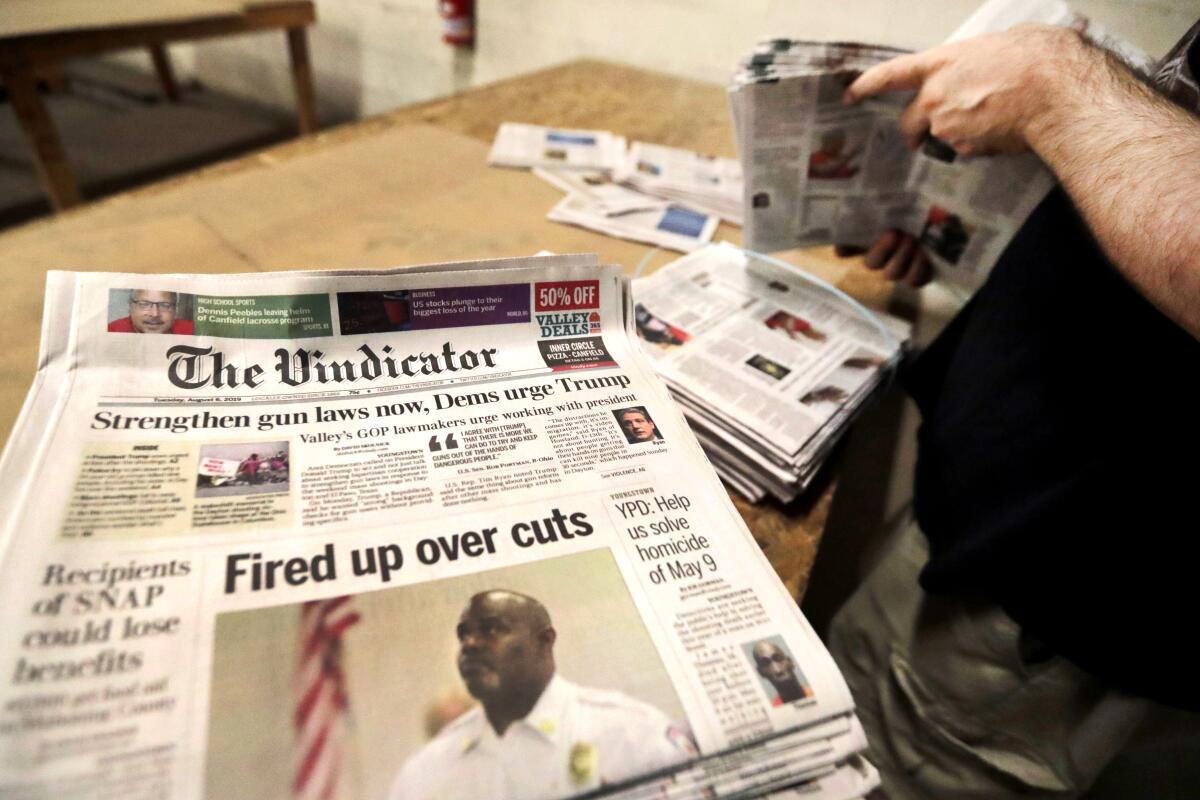News Articles for Dummies
News Articles for Dummies
Blog Article
Getting My News Articles To Work
Table of ContentsThe 8-Minute Rule for News ArticlesThe 6-Second Trick For News ArticlesThe News Articles Statements10 Simple Techniques For News ArticlesGetting My News Articles To Work
Excellent knowledge of various subjects provides pupils an one-upmanship over their peers. Even though digital and social networks are conveniently available, we ought to not neglect how vital it is to read the newspapers. Moms and dads should attempt and instill the practice of checking out a paper as a daily regimen to proceed the legacy of the revered print tool.Newspaper article likewise have at least one of the adhering to important attributes about the intended audience: distance, prestige, timeliness, human passion, strangeness, or consequence. The related term journalese is often made use of, usually pejoratively, to refer to news-style writing. Another is headlinese. Newspapers normally stick to an expository writing design.
Within these limitations, news tales likewise aim to be comprehensive. Amongst the larger and more highly regarded papers, justness and balance is a significant aspect in providing information.
Papers with a worldwide audience, for instance, have a tendency to use an extra formal design of composing. The specific selections made by a news electrical outlet's editor or content board are usually collected in a design overview; common design guides include the and the United States News Style Publication. The main objectives of news writing can be summarized by the ABCs of journalism: precision, brevity, and clarity.
The Buzz on News Articles
As a policy, reporters will not utilize a long word when a short one will certainly do. Information authors try to prevent using the same word more than as soon as in a paragraph (sometimes called an "resemble" or "word mirror").
Headings in some cases omit the topic (e.g., "Leaps From Boat, Catches in Wheel") or verb (e.g., "Cat lady lucky"). A subhead (also subhed, sub-headline, subheading, caption, deck or dek) can be either a secondary title under the primary headline, or the heading of a subsection of the write-up. It is a heading that comes before the main message, or a group of paragraphs of the main message.

Additional signboards of any of these types might appear later on in the article (specifically on subsequent web pages) to lure further analysis. Such billboards are likewise used as guidelines to the short article in various other sections of the magazine or website, or as ads for the item in other publication or websites. Normal framework with title, lead paragraph (summary in vibrant), other paragraphs (information) and contact info.

Example of a hard-lead paragraph NASA is proposing an additional room job. The budget demands around $10 billion for the job.
The NASA announcement came as the firm asked for $10 billion of appropriations for the project. An "off-lead" is the 2nd essential front page information of the day. The off-lead shows up either in the top left edge, or directly below the lead on the right. To "hide the lead" is to begin the article with history information or information of additional importance to the viewers, requiring them to read even more deeply right into a post than they ought to have to in order to find the important factors.
News Articles Things To Know Before You Buy
Usual usage is that one or 2 sentences each develop their very own paragraph. Reporters usually describe the organization or structure of a newspaper article as an upside down pyramid. The essential and most interesting aspects of a tale are put at the beginning, with supporting info complying with in order of lessening relevance.
It allows individuals to discover a subject to just the depth that their inquisitiveness takes them, and without the charge of information or subtleties that they can take into consideration unnecessary, but still making that information available to more interested readers. The inverted pyramid framework additionally makes it possible for short articles to be cut to any kind of approximate size throughout design, to fit in the space available.
Some writers begin their tales with the "1-2-3 lead", yet there are lots of type of lead offered. This format invariably begins with look at these guys a "5 Ws" opening up paragraph (as explained above), followed by an indirect quote that offers to support a major element of the first paragraph, and afterwards a straight quote to support the indirect quote. [] A kicker can describe several things: The last tale current broadcast; a "pleased" tale to finish the show.
Longer short articles, such as publication cover posts and the pieces that lead the inside areas of a paper, are recognized as. Function tales differ from straight information in several means.
Not known Facts About News Articles
The journalist usually details interactions with meeting you can try these out topics, making the item much more individual. An attribute's first paragraphs typically connect an interesting minute or occasion, as in an "unscientific lead". From the details of a person or episode, its view rapidly expands to generalizations about the story's subject. The section that indicates what a function has to do with is called the or signboard.
The Editor's Toolbox: A Reference Overview for Beginners and Professionals (2001) Allan M. Siegal and William G. Connolly. The New York Times Handbook of Style and Use: The Official Design Guide Utilized by the Writers and Editors you can look here of the World's A lot of Authoritative Paper (2002) M. L. Stein, Susan Paterno, and R.
Report this page